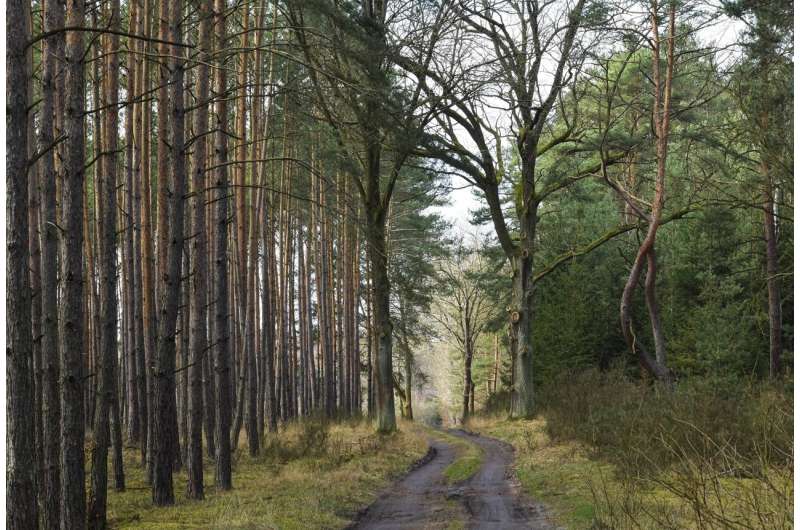This article has been reviewed according to Science X's editorial process and policies. Editors have highlighted the following attributes while ensuring the content's credibility:
fact-checked
trusted source
proofread
Studying archaeological roads gives insights into connectivity and movement

Archaeologist Tuna Kalayci investigates roads in a recent edited book. What happens if we think of roads not only as containers of action, but also as dynamic and complex phenomena, as the action itself? This question inspired Dr. Tuna Kalayci to bring together various studies across a wide range of epochs and regions.
"Archaeologies of Roads" is published open access by the Digital Press at the University of North Dakota.
Precondition for connectivity
"Roads are a precondition for connectivity, yet they are mostly hidden from the archaeological sight." They are an important part of the material legacy humans leave behind. "Road studies remain underutilized and undertheorized, however," Kalayci states. "This is why I felt a book on the topic was important."
The book's subject is characteristic of Kalayci's approach to the past. "Data we collect as archaeologists are overwhelmingly static. Yet I am interested in the flow of things, in the landscapes of movement, especially in urban contexts," Kalayci continues.
Streets of Pompeii
"Roads are rather peculiar," he states. "For instance, they can be both ancient and modern at the same time. We cannot say the same thing for many other things."
Here is an excerpt from the introduction: "Tourists walking the streets of Pompeii are using the same infrastructure that existed in Roman times. Their modern feet are adding to the ancient use wear, even though only a few share with the paving stones the same admiration they have for the standing architecture. The streets of Pompeii become invisible as time and space mix along them."
Global scale
The book's contributions span a global scale, from the Bronze Age Pontic–Caspian steppes to Roman Iberia, from Ottoman Anatolia to modern-day China. While the section titles are intentionally invisible (not to impose a particular roadmap), the book is structured into three parts.
"Routes" delve into the physical aspects of roads, from their material conditions to their role in connectivity. "Methods" focus on the approaches to studying roads. "Metaphors and Constructing Histories" highlight the intangible aspects of roads.
As the chapters intertwine, they collectively challenge traditional approaches to understanding roads, encouraging readers to transcend conventional boundaries in the identification, mapping, and dating of roads. Reflecting the inherent diversity of road archaeology, the book's title invites multiple perspectives.
More information: Archaeologies of Roads (2023)
Provided by Leiden University




















